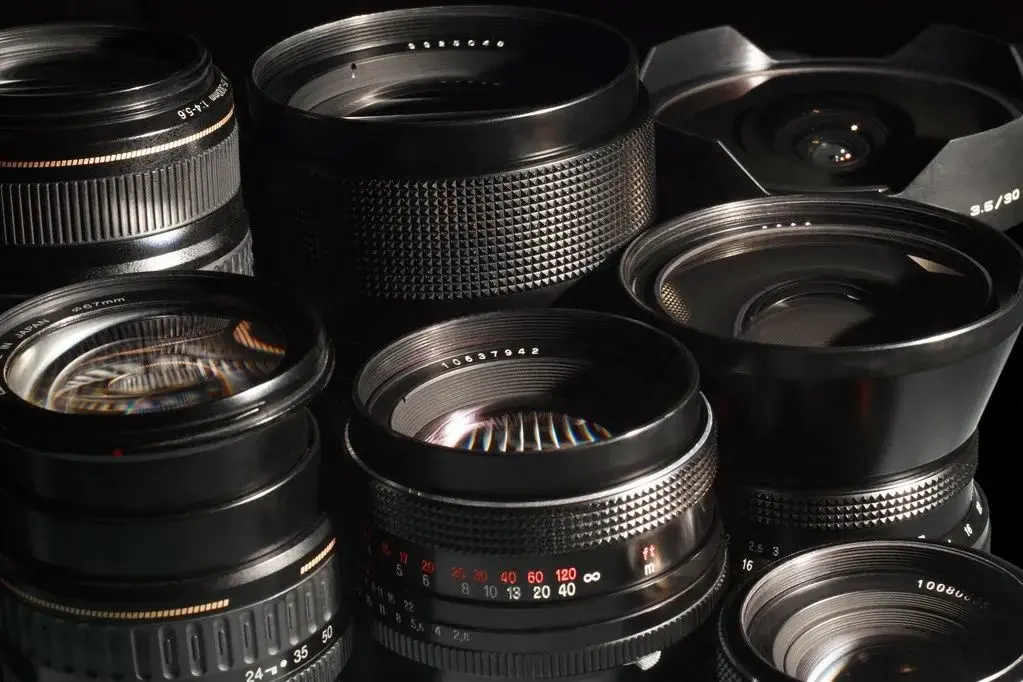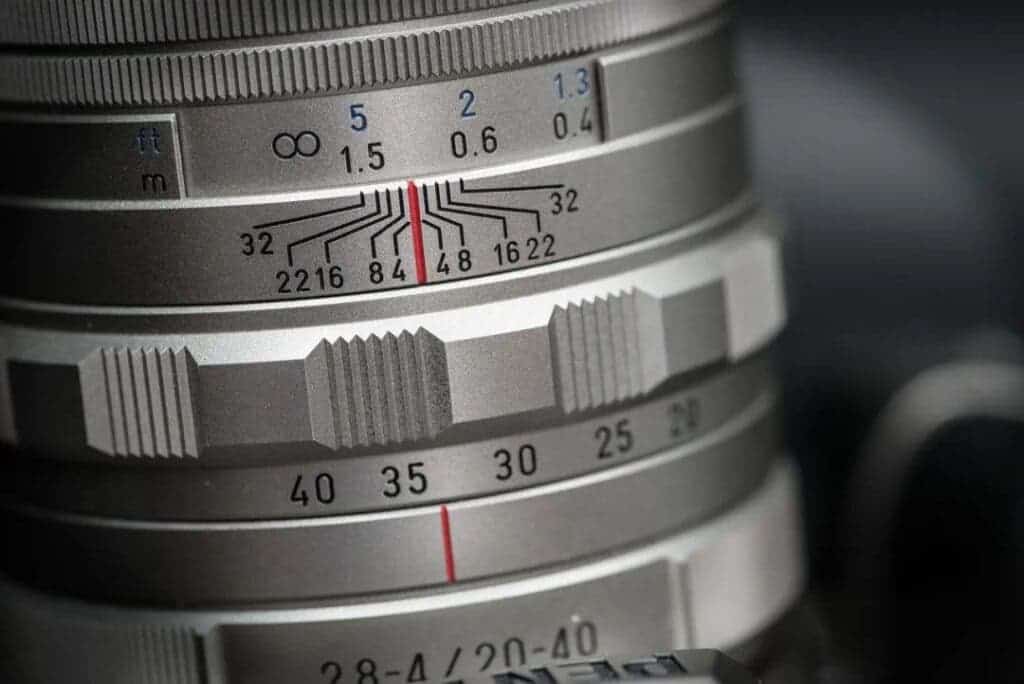There are many users that bought SLRs or mirrorless cameras out of love for photography or just because of their enthusiasm. These users mostly do not understand the buttons and functions of this device. In many cases, a novice will simply use automatic mode to shoot. There is a detailed manual for this camera. However, its content is as much as a book. Thus, you can be sure that many people will not read it. Today, we will discuss some of the basic and common functions of this camera. This is also a quick guide to using SLR cameras.

Top 5 functions of SLR cameras
1. Focus
Be sure to focus before taking pictures, where the focus is, the image is best. The focus mode is divided into “Auto (AF)” and “Manual (MF)”, the switch is on the lens. When manually focusing, you need to turn the focus ring on the lens. The distance of the focal plane will change, and you can choose from the nearest tens of centimeters to infinity. During autofocus, the camera will focus on its own. Generally speaking, the closer to the center of the screen and the more obvious the object, the easier it is for the camera to automatically select it as the focus.

There are also many modes of autofocus, basically, these are the functions. One of the modes only focuses once and there is no change after the alignment. Even if the subject runs away and the camera moves, the focal plane distance will not change. This is the One-Shot or Single AF mode. Another mode allows the focus to follow the object once its moves. This ensures that the object is always in the focal plane. This is the continuous AF. Another mode, the Intelligent AF is in between the single and continuous focus modes.
Generally speaking, the more expensive the camera, the more effort has been made in the development of autofocus. The purpose is to make the camera focus fast and accurately.
2. Depth of Field
On SLR cameras, the object on the focal plane is the sharpest. However, some part of the object outside the focal plane is also sharp – this is the depth of field. The depth of field in front of the focal plane is the depth of the foreground. Likewise, the depth of field behind the focal plane is the depth of field. The farther away from the focal plane, the lower the sharpness, until it reaches a certain boundary, and then it becomes blurred. The smaller the depth of field, the more obvious the blurring. This is the easiest way to make the background blurred during photography.

3. Exposure and ATSM file
After focusing, you can press the shutter button to snap a photo. Under normal circumstances, everyone wants to take photos with normal brightness, not too bright or too dark. These are determined by aperture, shutter speed, and sensitivity.

A file is aperture priority mode, the aperture can be adjusted manually. The aperture can be adjusted manually, and other parameters will be changed automatically. If you are shooting a model and want to blur the background, you need a wide aperture. Thus, you will need to open the aperture as wide as possible. After the aperture becomes larger, in order to ensure normal exposure, the camera will automatically adjust the size of the shutter and sensitivity.
T and S files are shutter priority modes, you can manually adjust the shutter, and other parameters will change automatically. If you are photographing a motorcycle, and the motorcycle is fast, you have to raise the shutter to about one in 1/2000. In order to ensure normal exposure, the camera will automatically adjust other parameters.

The M file is for manual exposure. You can adjust the value manually. However, only experts use M file to take pictures. For beginners, you may want to ignore the M file.
4. Exposure compensation
Although the aperture shutter can affect the exposure, you will mostly find that it does not. In the aperture priority mode, the camera will automatically adjust the shutter value in order to obtain a normal exposure. If you don’t need the exposure and only need a brighter image, then increase the exposure compensation value, such as +0.5, +1, etc. With exposure compensation added, the camera automatically adjusts the shutter and ISO values for a brighter exposure.

Therefore, exposure compensation also changes the brightness through the aperture, shutter, and sensitivity. If you use the M file, the exposure compensation will fail.
5. Focal length and equivalent focal length
The focal length is for the lens, and the focal length can change the viewing range. The focal length of the lens can change the framing range, and the size of the camera’s sensor can also affect the framing range. The larger the full-frame size, the larger the framing range. The same focal length is used on cameras of different formats, and the framing range is different.

In order to unify the description, the term “equivalent focal length” appeared, which is the actual focal length of a lens mounted on a full-frame camera. For example, I have a lens with a focal length of 18mm. I use it on a Canon half-frame camera. The focal length conversion factor is 1.6. In the end, the equivalent focal length of this 18mm lens on my camera is 18*1.6 = 28.8mm.
The equivalent focal length of smartphones is generally about 26mm, and the equivalent focal length of ultra-wide-angle mobile phones is generally about 17mm. The 50mm lens is called a standard lens and is often used for portraits. When shooting the moon, a 400mm or even a 600mm or 800mm super-telephoto lens is required.

